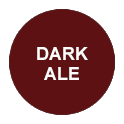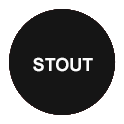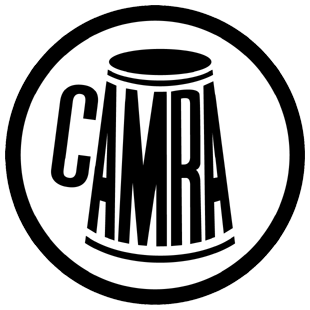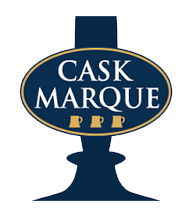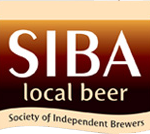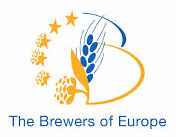The craft beer market is comprised of hundreds of documented beer varieties and a handful of organisations with their own unique classifications, but beers primarily fall into one of three types: bottom fermentation beers (lagers); top fermentation beers (ales); and spontaneous or wild fermentation beers.
Within each of these categories there are many sub-groups but the main styles available today are dark ales; pale ales; stouts; wheat beers; strong ales; lagers; sour beers; and non-alcoholic beers.
SOUR BEER
CATEGORIES: Gueuze, Kriek, Berliner Weisse ABV: 3% to 8% SERVE TEMPERATURE: 8-12°C TASTING NOTES: Tart, dry, hay, earthy
Sour Beers are fermented with wild yeast and bacteria, the latter of which gives the beer its sour edge. They have a dryness that is more akin to aged white Chablis or Champagne than it is to most of the world’s other great beers.
Gueuze, Kriek and Framboise from Belgium, and Berliner Weisse, originally from Germany, are typical of the style and Lambics, such as those made by Cantillon in Brussels, are among the most revered.
Lambics and Gueuzes are not the only sour, or wild, ales. Berliner Weisses tend to be flinty-dry refreshers with less funk than their Lambic cousins. It’s a style that is now made by breweries around the world, particularly in the US and the UK.
The key ingredient in Lambic and Gueuze is not the hops (aged hops, whose flavour is much diminished, are used for their preservative qualities) or malt, but the yeast. Specifically Brettanomyces - the wild yeast that gives the beer its feral, musty, complex character - and Lactobacillus, a bacteria used to make yoghurt, that offers clean sourness.

